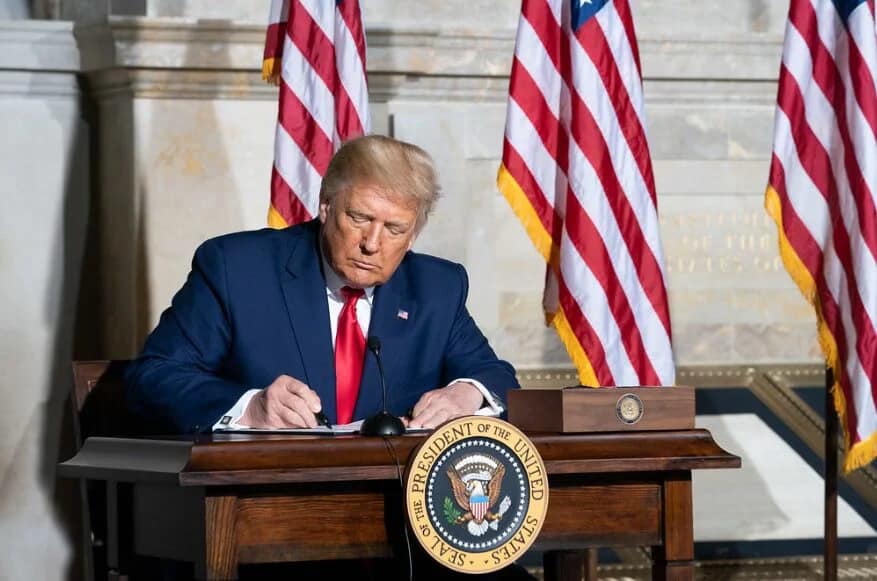Tariffs, often used as tools for trade policy, can ripple through economies in unexpected ways. If new tariffs are imposed with a 90-day lead time, businesses, consumers, and global markets will face a period of uncertainty followed by tangible consequences. This blog post explores the potential impacts of such a tariff crisis, focusing on what could unfold once those 90 days pass.
The Countdown: What Happens in 90 Days?
During the 90-day window before tariffs take effect, businesses typically scramble to adjust. Importers may front-load shipments to avoid higher costs, leading to temporary spikes in trade volumes. Manufacturers might stockpile raw materials, while retailers could raise prices preemptively to offset future losses. This rush creates a distorted market environment—think of it as a calm before the storm, where preparation masks the brewing chaos.
But what happens when the tariffs actually hit? Let’s break it down.
1. Rising Costs for Consumers
Tariffs increase the cost of imported goods, and those costs rarely stay with businesses alone. Retailers pass them on to consumers, leading to higher prices for everything from electronics to clothing. For example, if a 25% tariff is slapped on imported auto parts, car prices could jump significantly. A $30,000 vehicle might cost $32,500 or more, squeezing household budgets.
- Short-term pain: Everyday goods become pricier, especially in import-heavy economies.
- Long-term risk: Inflation creeps up as businesses adjust pricing strategies across the board.
2. Supply Chain Disruptions
Global supply chains, already fragile from past disruptions, could face another blow. Tariffs discourage imports, forcing companies to find domestic or alternative suppliers. That sounds simple, but it’s not. Shifting suppliers takes time, and new partners may not match the cost or quality of existing ones.
- Example: A U.S. electronics firm relying on Chinese components might turn to a pricier domestic supplier, delaying production and increasing costs.
- Outcome: Shortages of goods, longer delivery times, and frustrated customers.
3. Impact on Jobs and Industries
Tariffs are often sold as job creators, protecting local industries from foreign competition. In reality, the picture is mixed. While some sectors—like steel or textiles—might see a temporary boost, others get hammered. Industries reliant on imports, such as retail or manufacturing, could face layoffs if demand drops due to higher prices.
- Winners: Domestic producers shielded by tariffs.
- Losers: Export-driven industries hit by retaliatory tariffs from other countries.
Speaking of retaliation…
4. Global Trade Tensions
Tariffs rarely go unanswered. If one country imposes them, trading partners often strike back. After 90 days, we could see a tit-for-tat spiral, with countries like China, the EU, or Canada slapping their own tariffs on exports. This hurts exporters—think American farmers or European winemakers—who suddenly lose market share.
- Case study: In 2018, U.S. tariffs on Chinese goods led to retaliatory tariffs on American soybeans, costing farmers billions.
- Future risk: A broader trade war, shrinking global GDP and destabilizing markets.
5. Economic Slowdown
The combined effect of higher prices, disrupted supply chains, and trade tensions could tip economies toward recession. Consumer spending drops when wallets are stretched thin. Businesses scale back investments amid uncertainty. Within months, GDP growth could stall, especially in smaller, trade-dependent nations.
- Data point: The IMF estimated that the 2018-2019 U.S.-China tariff escalation shaved 0.8% off global GDP.
- Projection: A new tariff wave could hit harder, especially if multiple countries join the fray.
Can We Soften the Blow?
Mitigation is possible but tricky. Governments could offer subsidies to cushion affected industries, though that risks ballooning deficits. Businesses might diversify supply chains ahead of time, but that’s costly and slow. Consumers? They’re largely stuck, forced to absorb price hikes or cut back.
Conclusion: A Crisis We Can’t Ignore
If tariffs arrive after a 90-day warning, the real crisis begins when they land. Higher costs, broken supply chains, job volatility, and global retaliation could reshape economies for years. While preparation during those 90 days might ease some pain, the broader impacts are unavoidable without coordinated policy efforts. The question isn’t just how we survive the crisis—it’s how we navigate the world it leaves behind.
What do you think—can economies adapt fast enough, or are we headed for turbulence? Let’s discuss below.
Discover more from Pasindu Lakshan Perera
Subscribe to get the latest posts sent to your email.




